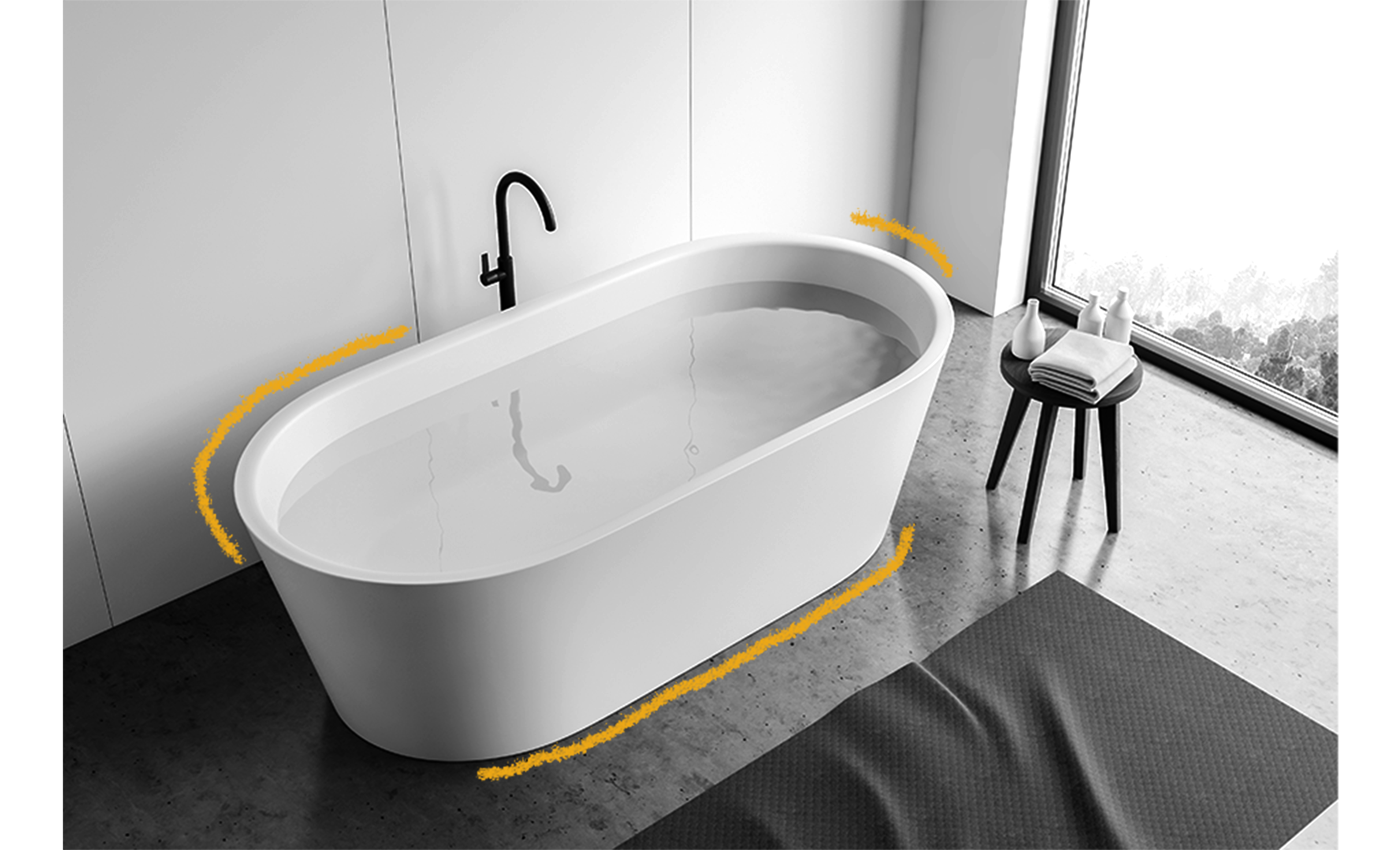Before indoor plumbing was implemented, bathtubs were made from light and portable materials such as sheet copper, zinc, or tin. When indoor plumbing first became available, some upscale homes started to add lead tubs with wooden enclosures. As time went on, copper and steel tubs with wooden enclosures or bronze legs became the standard in high-end homes. Soon, British tub makers created bathtubs made from ceramic with glazed surfaces. While the tubs were extremely heavy, they were very functional, and soon other manufacturers began to adopt the technique as well. However, due to their expense as compared to steel tubs, these new versions became a status symbol in the 1920s and beyond. Early 20th century bathrooms in high-end homes had many fixtures and were designed almost like personal spas. However, after World War I, these large homes became less prevalent and cast-iron, claw-foot tubs became more popular overall. J.L. Mott found a way to create these tubs with lower production costs, putting them in reach of the average consumer for the first time. In the postwar era, more Americans were able to afford cars and they took to the roads in droves. Motel chains began placing orders for cheap bathroom fixtures, which gave rise to fiberglass and sheet metal bathtubs in the 1950s. Today, there are many bathtubs on the market, and the style of tub in a home often depends on when it was built. Many homeowners choose to renovate older bathrooms, but some older styles such as clawfoot tubs remain popular and sought after even today.

Your go-to guide for weird history facts
Subscribe to the FREE daily email that makes learning about history fun.


